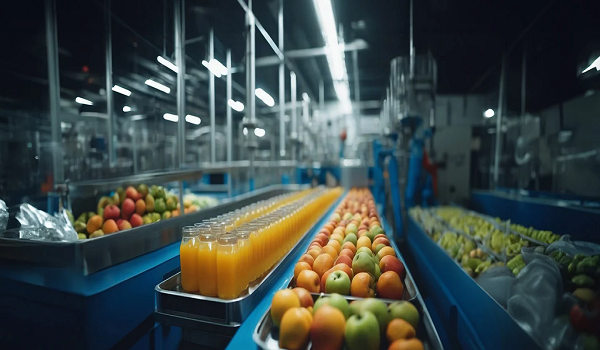India’s food processing sector is witnessing rapid growth, driven by urbanization, changing lifestyles, and rising disposable incomes. Despite this, the sector faces significant challenges, particularly in formalizing household food enterprises. Encouraging home-based food processing offers the potential to boost employment, especially for women, and reduce post-harvest losses. However, regulatory hurdles must be addressed for the industry to fully capitalize on these opportunities.
Agricultural production, especially of milk, fruits, and vegetables, has been steadily increasing in India. Food processing plays a critical role in connecting the agricultural and manufacturing sectors, adding value to both. While the sector is growing, processing rates for key produce remain low—just 2.7% for vegetables, 4.5% for fruits, and 15.4% for fish, compared to much higher global levels. This presents a significant opportunity to scale up processing efforts and reduce wastage.
Household food processing has deep roots in India, with traditional items like pickles, jams, and breads being staples of the country’s rich culinary heritage. These homemade products often preserve essential nutrients, avoid excessive fats, sugars, and salts, and maintain unique flavours. Foods like kombucha, pickles, and kefir known for their probiotic properties exemplify the health benefits of this segment.
Women, who constitute a third of the labour force in India, are under-represented compared to other countries at similar income levels. Promoting home-based food processing could not only empower women economically but also allow them to balance childcare and work. This approach could significantly reduce income and multidimensional poverty, while fostering economic inclusion.
Consumers are increasingly seeking transparency in the food they consume, with a growing interest in locally sourced and sustainable products. Home-based food processing, which relies on locally procured ingredients, can cater to this demand, offering traceability and minimal environmental impact.
However, regulatory challenges remain a major obstacle for household food processors. Current laws require all enterprises, regardless of size, to be registered and operated from commercial premises, making it difficult for many home-based businesses to comply. In contrast, countries like the U.S. have implemented more liberal cottage food laws, allowing non-hazardous food production in home kitchens under certain conditions.
To unlock the full potential of household-based food processing, India needs a more supportive regulatory framework, akin to the Amul model, which successfully eliminated middlemen and established direct links between producers and consumers. A cottage license system, combined with modern technology and industry support, could spur a decentralized food processing revolution.
With proper support from the government and industry, India’s households could emerge as key players in the food processing sector, offering consumers’ fresh, nutritious, and hygienic homemade food options.


